It is proposed that bridges in the Ho Chi Minh City Ring Road 4 project from level II and above and intersections do not need to compete for architectural plans, in order to ensure functionality, economic and social efficiency and project progress, avoiding wasting time on competition.
This is one of 12 specific policy mechanisms proposed by Ho Chi Minh City (the focal agency of 5 provinces and cities implementing the Ho Chi Minh City Ring Road 4 project) to the Prime Minister and the Ministry of Planning and Investment in the project's pre-feasibility study report.
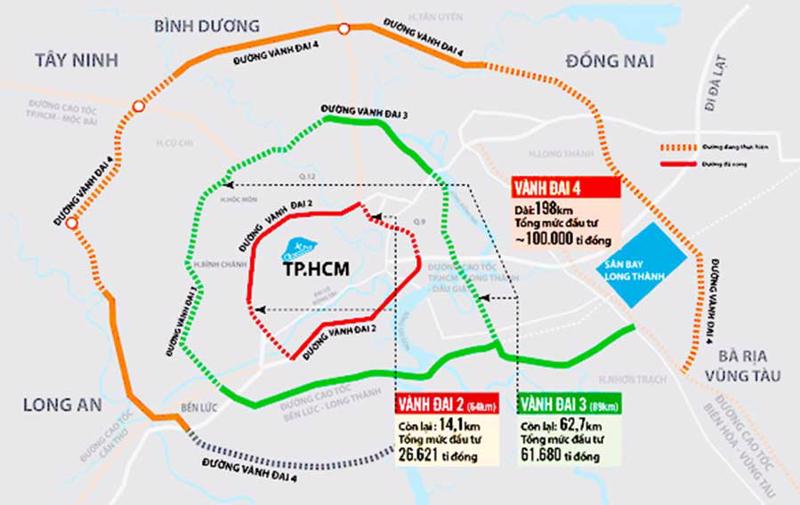
Map of Ring Roads 2, 3, 4 surrounding Ho Chi Minh City.
According to the focal unit, according to Clause 2, Article 17 of the Law on Architecture, urban bridges of level II and above must undergo architectural competitions, with a 6-step competition procedure specified in Clause 4, Article 17 of Decree 85/2020/ND-CP. Open competitions prolong the implementation time and may have to be reorganized if the requirements are not met, taking 6-12 months or more, and adjusting the selection plan is very complicated. Therefore, it is necessary to calculate the factors of function, aesthetics, economic and social efficiency and project progress.
To ensure that the functional and aesthetic factors are consistent with the nature of the project, they must be calculated based on the economic and social efficiency as well as the progress of the project. Therefore, it is recommended that the National Assembly allow urban bridges in the Ho Chi Minh City Ring Road 4 project from level II and above, and traffic intersections not to be subject to architectural design competition.
Another very important policy proposal is that the proportion of State capital participating in the project in the total investment of the overall project and in the total investment of component projects in each locality must not exceed 70%.
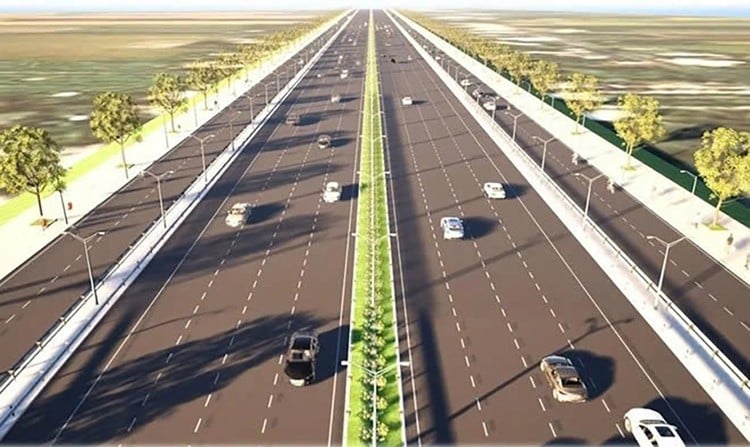
Perspective of Ring Road 4 when completed.
According to the Law on Investment under the Public-Private Partnership method, state capital participating in PPP projects must not exceed 50% of the total investment, mainly to support and create "seed capital" to increase financial efficiency (Clause 2, Article 69). However, for projects with large total investment, high volume of site clearance, bridge construction and weak soil treatment, while initial traffic volume is low, this ratio is difficult to ensure efficiency and attract investors.
To attract investors and credit institutions, the National Assembly is requested to allow the increase of the state capital ratio to a maximum of 70% of the total investment of the entire project and each locality. At the same time, the Provincial People's Committee is assigned as the competent authority to use the local budget and other legal capital sources for the component projects of Ho Chi Minh City Ring Road 4.
In addition, the project also proposes many specific mechanisms for Belt Road 4. Specifically, the provincial People's Committee is assigned as the competent authority, to use the local budget and other legal capital sources to invest in component projects of Belt Road 4.
The provincial People's Committee is the competent authority to invest in projects located within the administrative boundaries of neighboring localities, and is allowed to use the local budget to support other localities in implementing public investment activities of projects across the two localities.
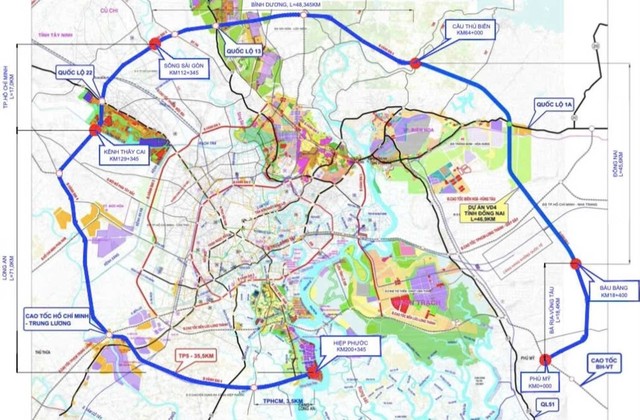
The basic construction project is low, some sections have high population density or areas planned for urban areas, industrial parks, and elevated routes.
During the project implementation period, the construction contractor does not have to carry out the procedures for granting a license to exploit minerals for common construction materials included in the construction material survey dossier serving the project.
Mineral exploitation is carried out until the project is completed. The construction contractor is responsible for conducting environmental impact assessments; being subject to management and supervision of mineral exploitation and use; paying taxes and fees and performing obligations to protect, improve and restore the environment according to the provisions of law.
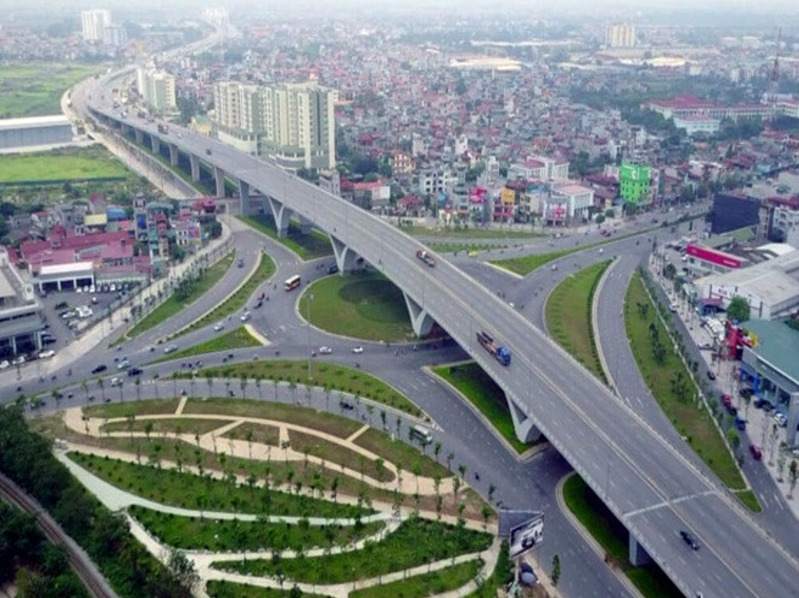
The provinces proposed many specific policy mechanisms to implement the Ho Chi Minh City Ring Road 4 project.
Propose to assign the Chairman of the Provincial People's Committee the authority to decide on investment in component projects to ensure project implementation progress, increase decentralization, reduce investment procedures and procedures, and similar to projects that have been implemented in the past.
Allow the total investment value of Ho Chi Minh City Ring Road 4 projects of each locality to be transferred to the 2026 - 2030 medium-term public investment plan without being added to the total investment of programs and projects that must be implemented in the next medium-term public investment plan of each locality.
Allow the People's Committees of the provinces (Ba Ria - Vung Tau, Dong Nai, Binh Duong, Long An) to approve local adjustments to the general planning for construction of functional areas, local adjustments to the general urban planning, local adjustments to the specialized planning of technical infrastructure of the planning projects for construction of functional areas and urban planning approved by the Prime Minister.
To remove obstacles and speed up progress, it is recommended that the National Assembly allow investors to apply norms and unit prices that have not been regulated or determine costs based on the investment rates of similar projects, including foreign projects, after converting to the calculation time.
For cost items not yet regulated in Vietnamese law, investors can determine cost items according to similar projects and works, including domestic and foreign projects and works, or according to international practices.
The Ring Road 4 project has a total length of 159.31km. Of which, the project passes through Ba Ria - Vung Tau for 18.23km, through Dong Nai for 46.08km, Ho Chi Minh City for about 16.7km, and Long An for 78.3km (including the section through Long An for 74.5km and the section through Ho Chi Minh City for 3.8km).
The total preliminary investment in phase 1 is about 122,774.28 billion VND, implemented under the BOT contract. Of which, capital mobilized from investors and loans is about 53,109 billion VND (including interest), the rest is budget capital.
Design speed 100 km/h, cross-section of 6 - 8 expressway lanes, with parallel roads on both sides and corridors for green trees, technical infrastructure works, and expansion reserves.
Source: https://www.baogiaothong.vn/de-xuat-bo-thi-tuyen-thiet-ke-cac-cau-trong-do-thi-du-an-vanh-dai-4-tphcm-192241125143311349.htm


![[Photo] General Secretary To Lam receives Russian Ambassador to Vietnam](https://vstatic.vietnam.vn/vietnam/resource/IMAGE/2025/4/2/b486192404d54058b15165174ea36c4e)
![[Photo] Prime Minister Pham Minh Chinh receives Deputy Prime Minister of the Republic of Belarus Anatoly Sivak](https://vstatic.vietnam.vn/vietnam/resource/IMAGE/2025/4/2/79cdb685820a45868602e2fa576977a0)
![[Photo] Comrade Khamtay Siphandone - a leader who contributed to fostering Vietnam-Laos relations](https://vstatic.vietnam.vn/vietnam/resource/IMAGE/2025/4/3/3d83ed2d26e2426fabd41862661dfff2)


![[Photo] Prime Minister Pham Minh Chinh receives CEO of Standard Chartered Group](https://vstatic.vietnam.vn/vietnam/resource/IMAGE/2025/4/2/125507ba412d4ebfb091fa7ddb936b3b)
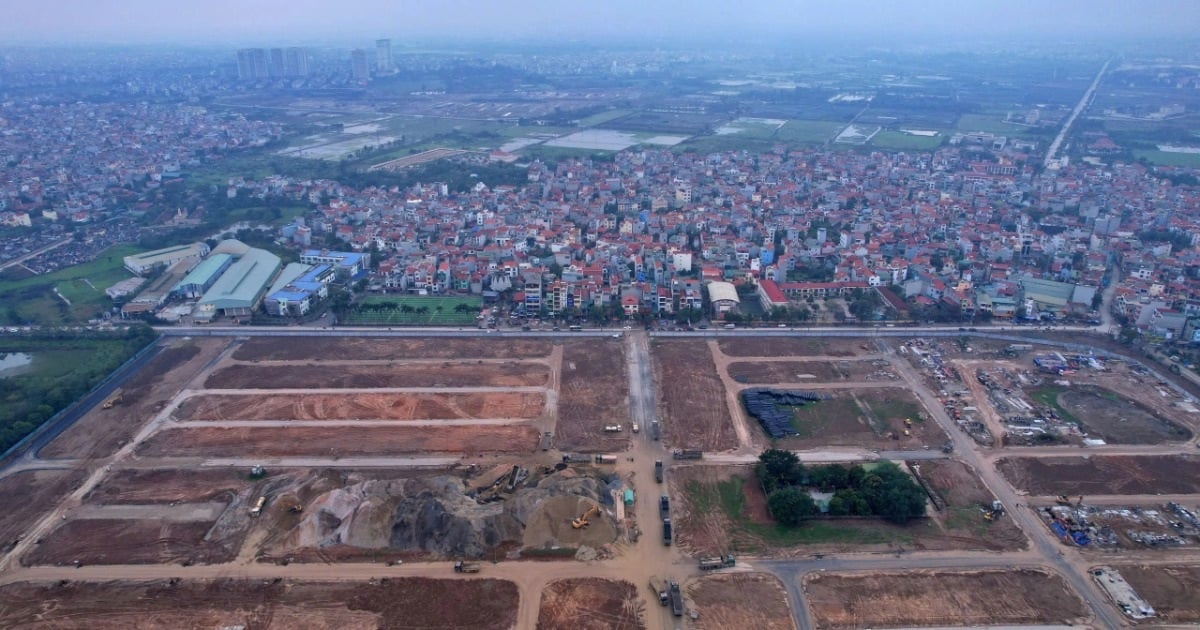

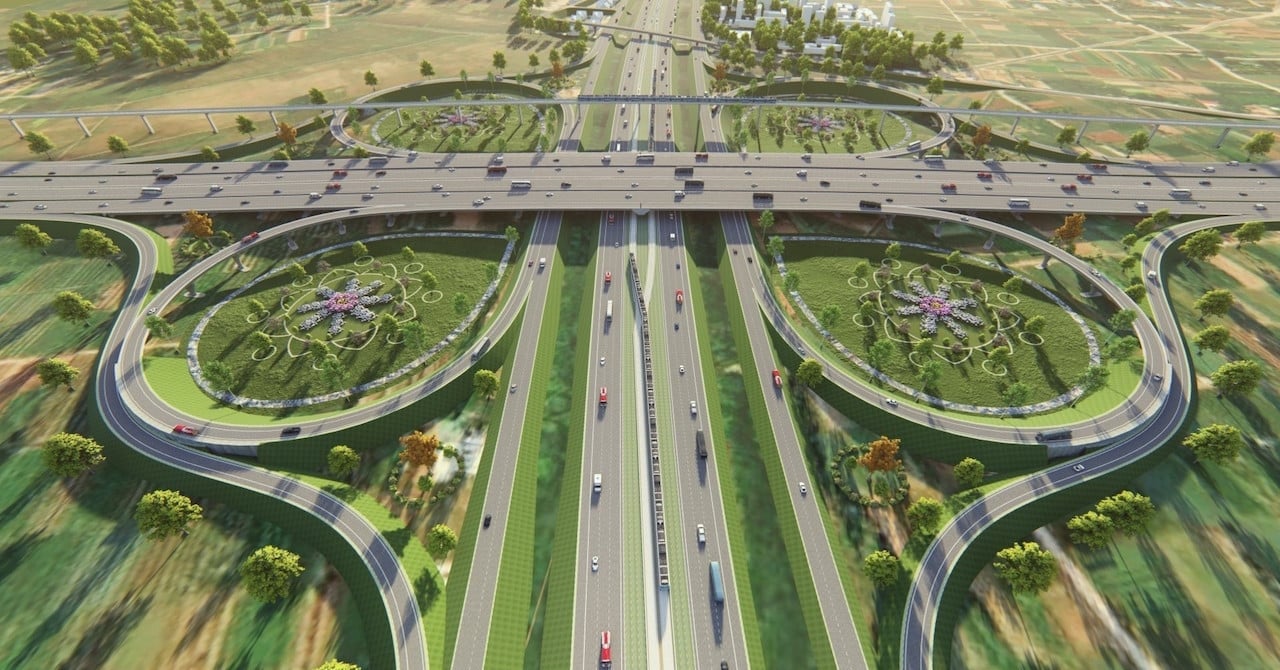

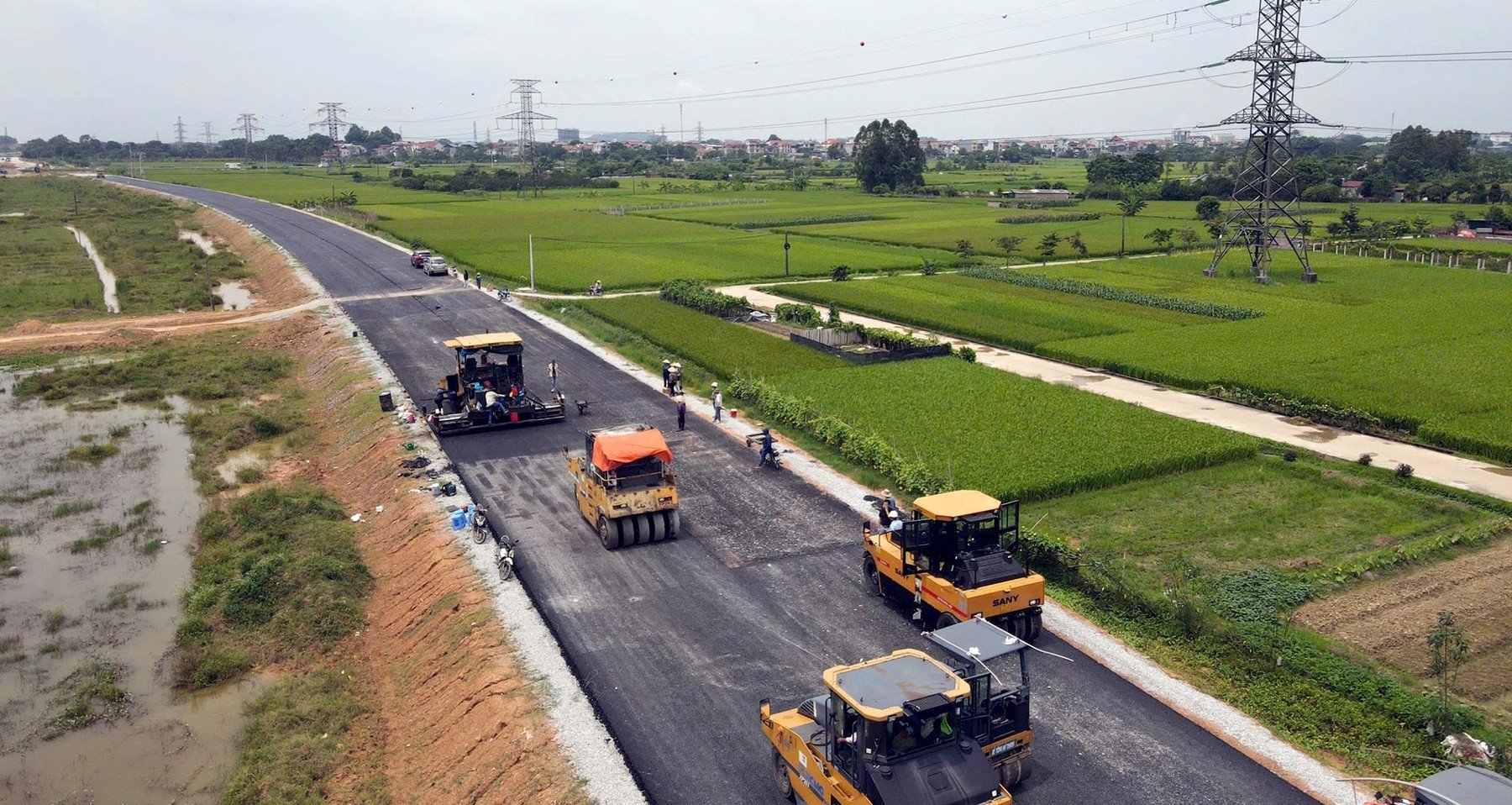
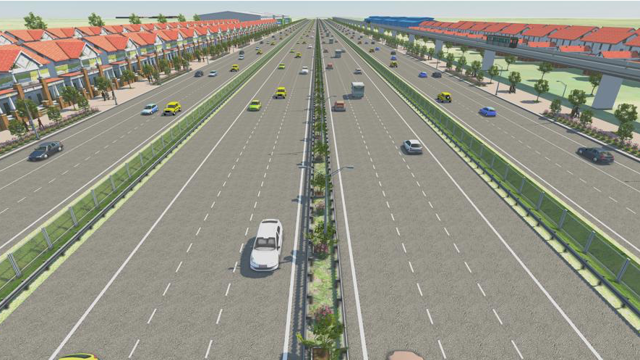

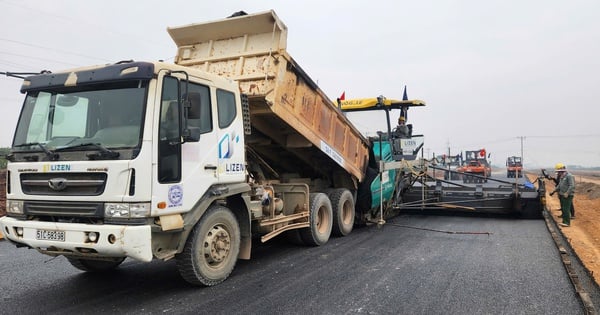
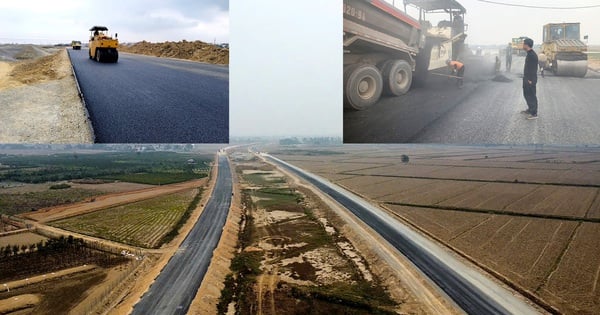

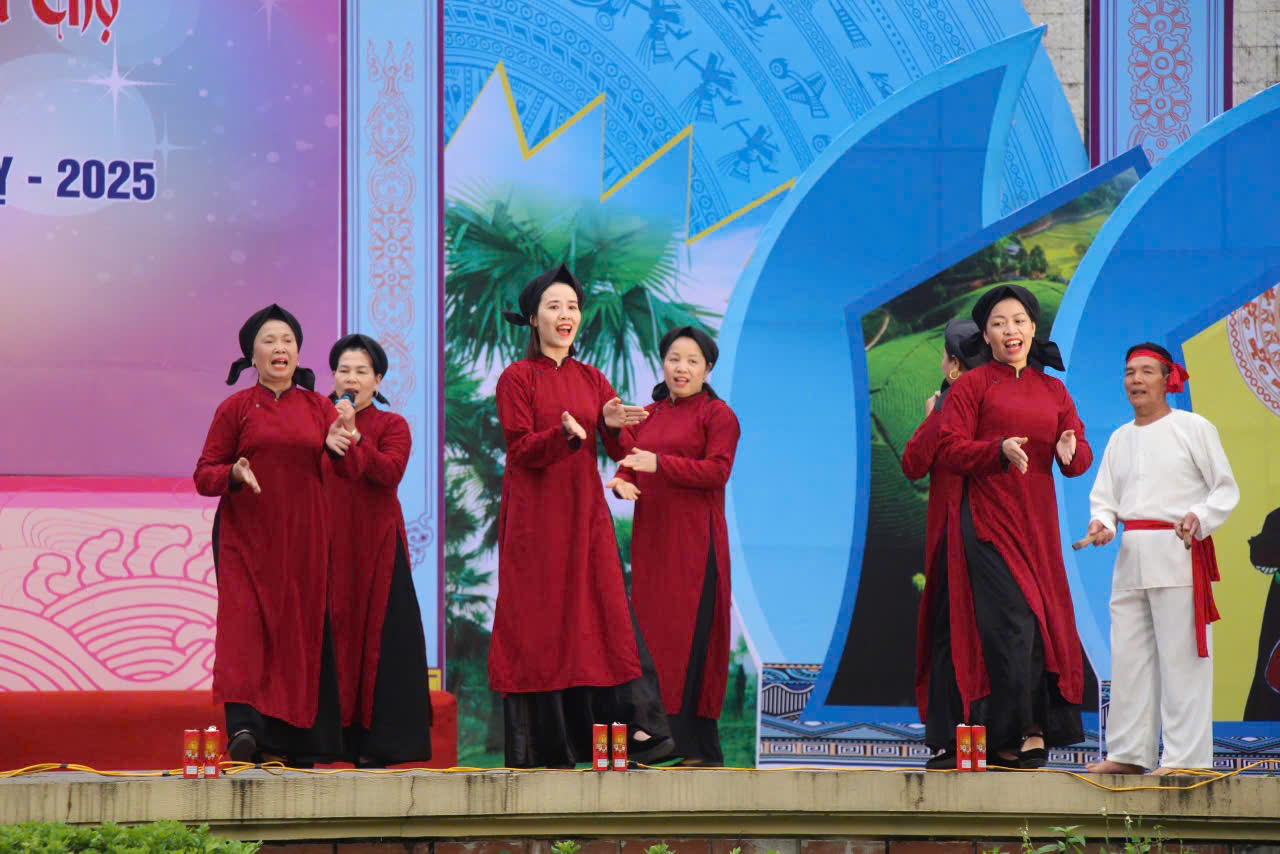
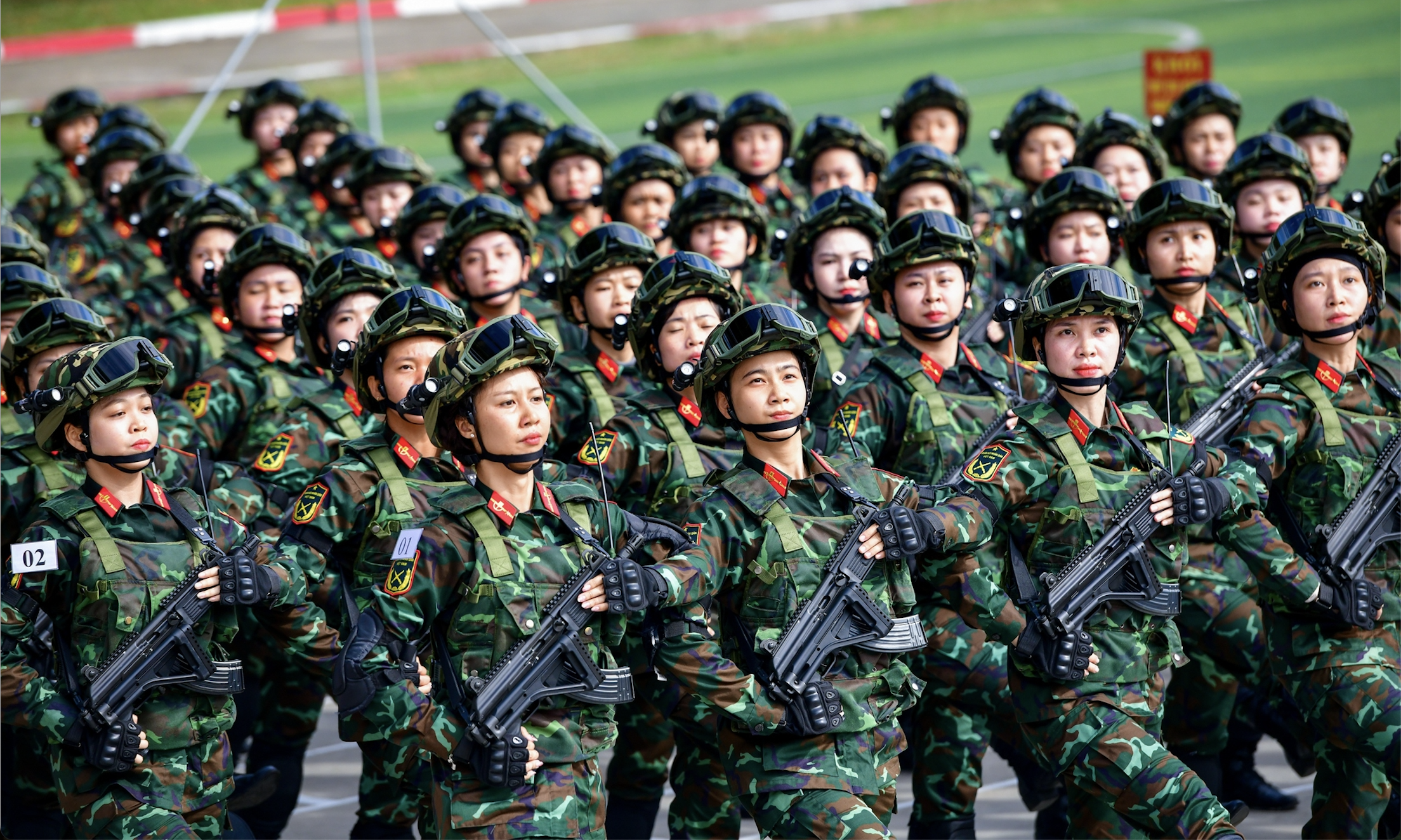
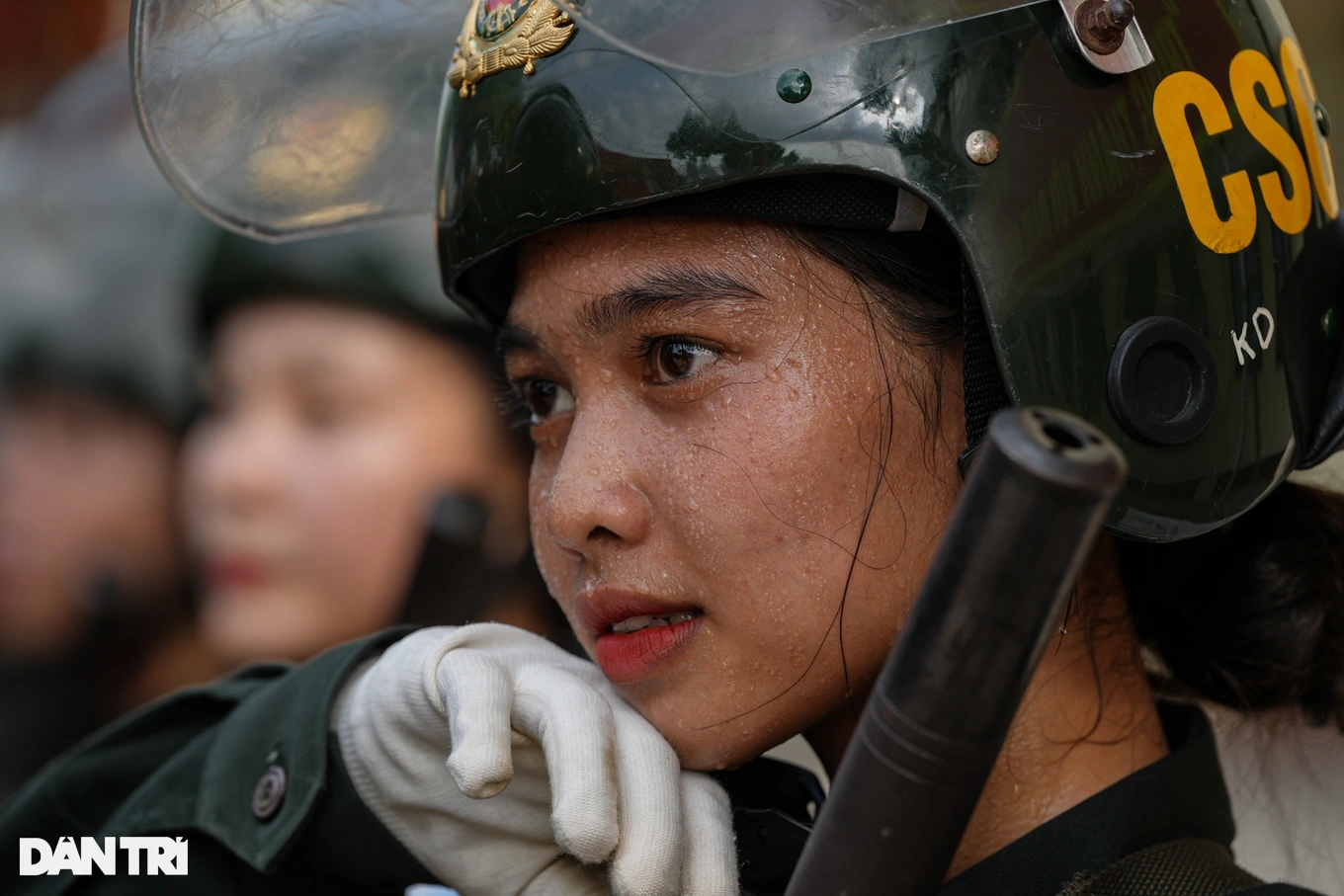

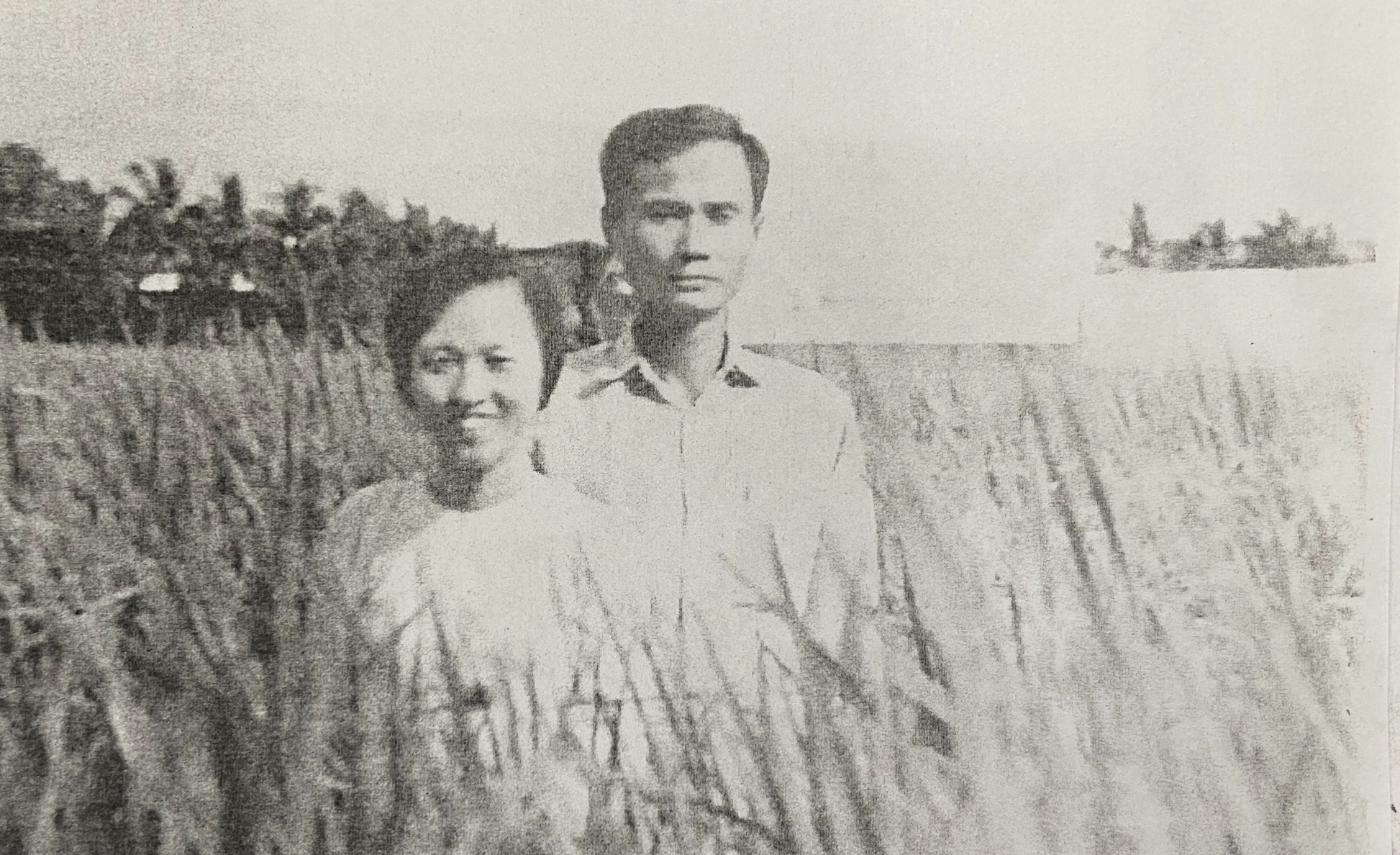






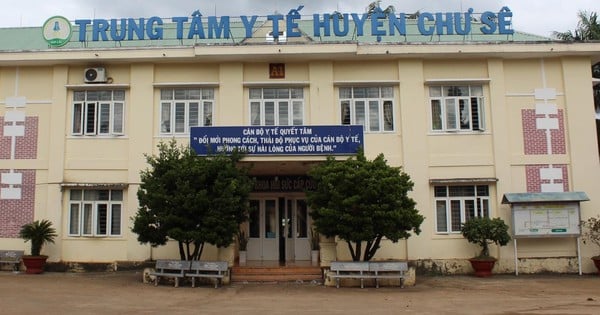



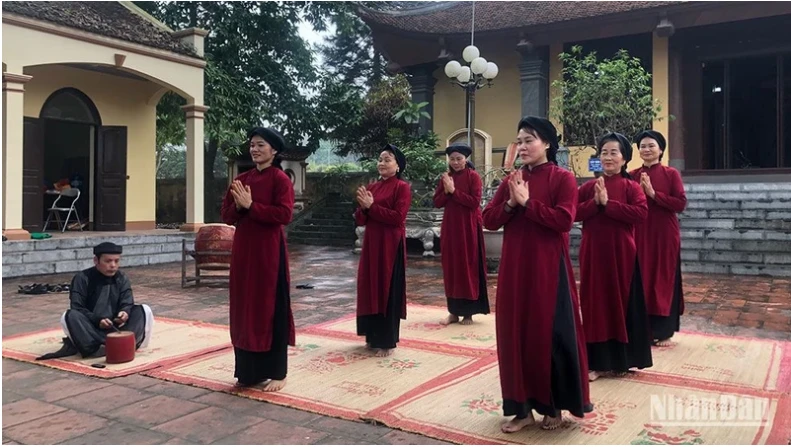





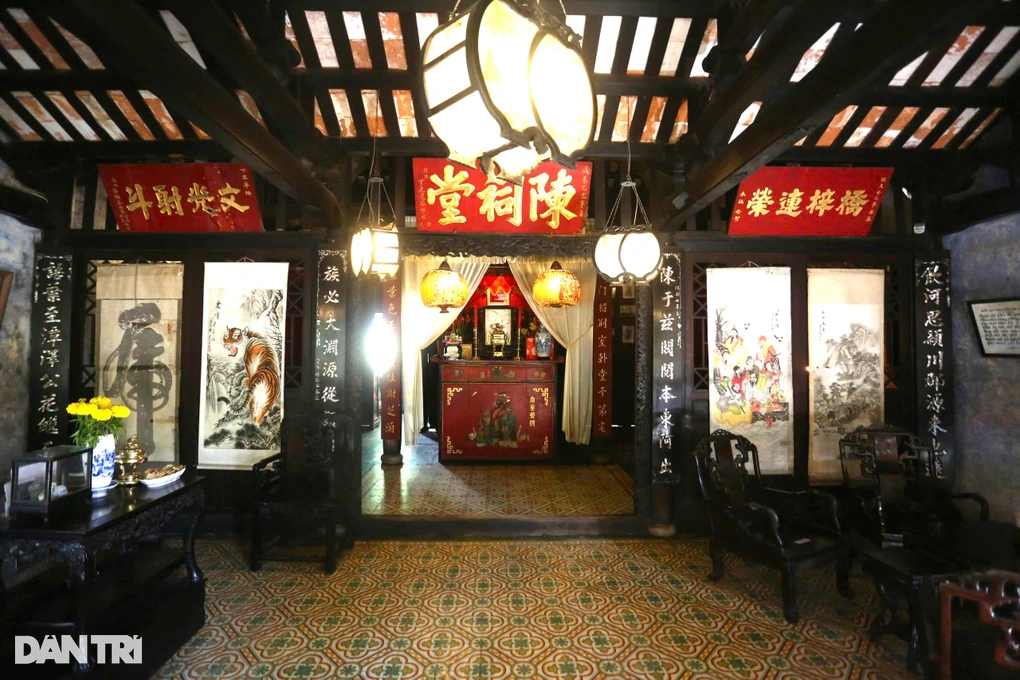
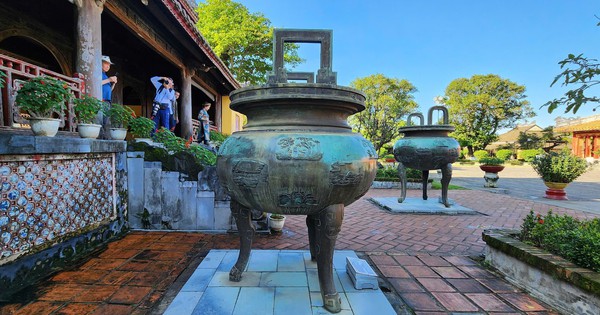
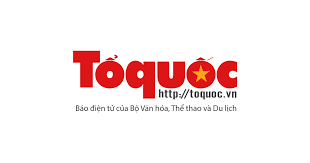



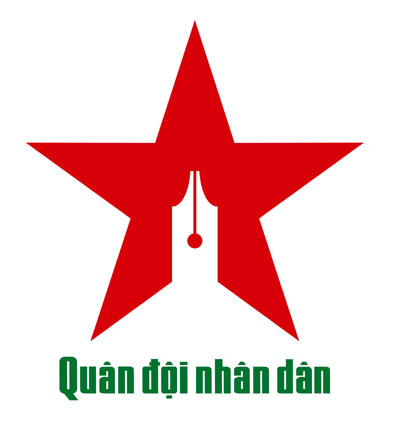
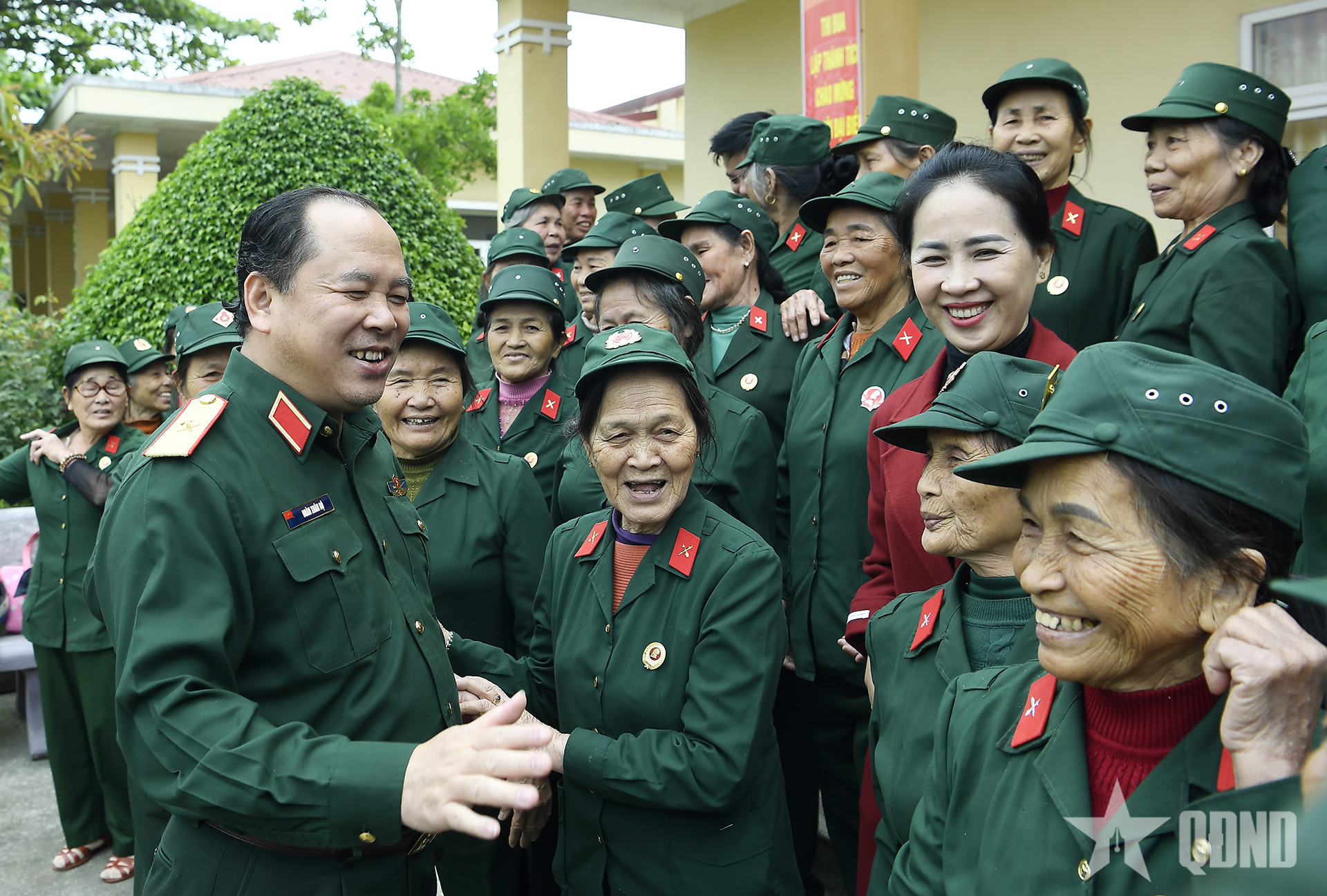

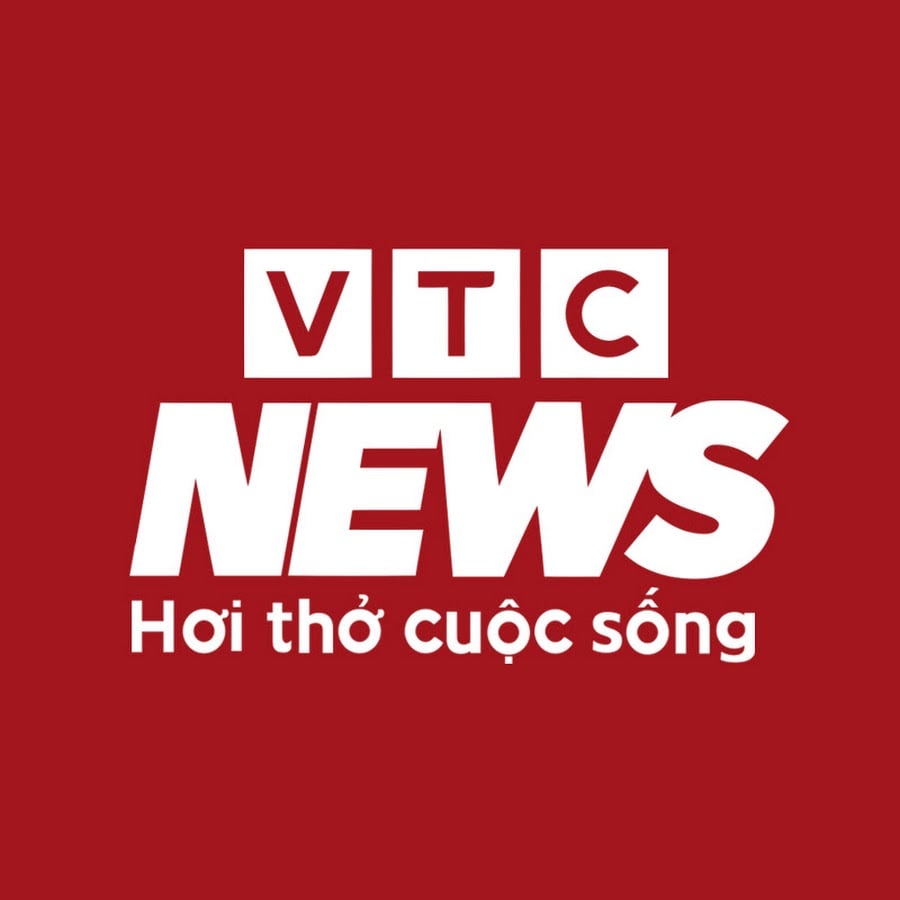

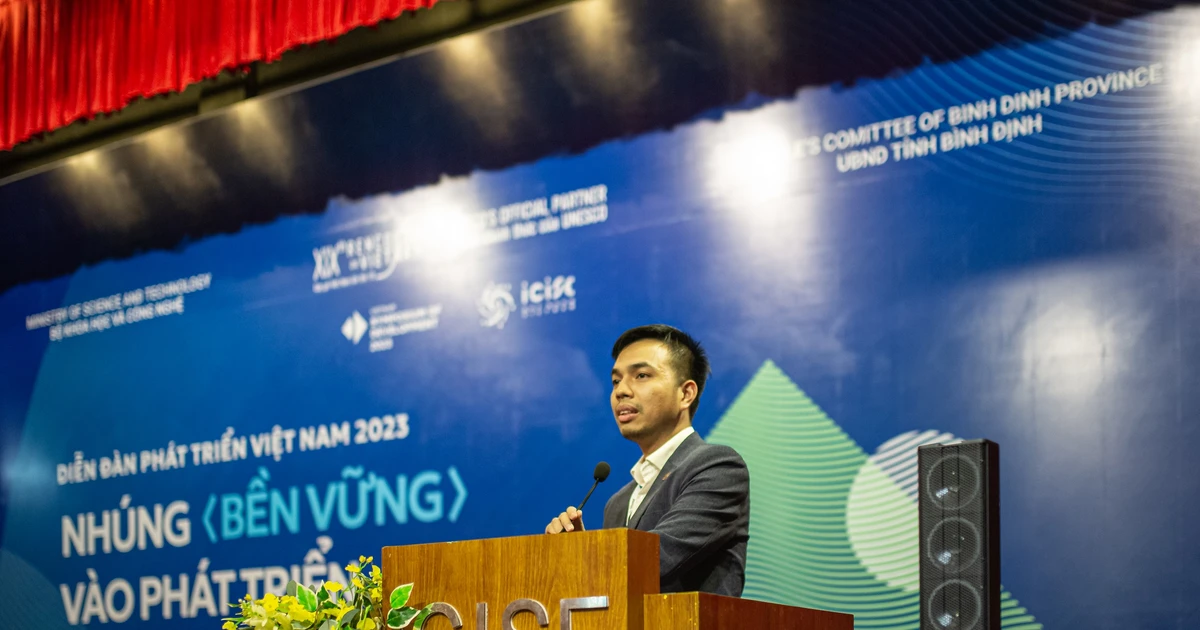


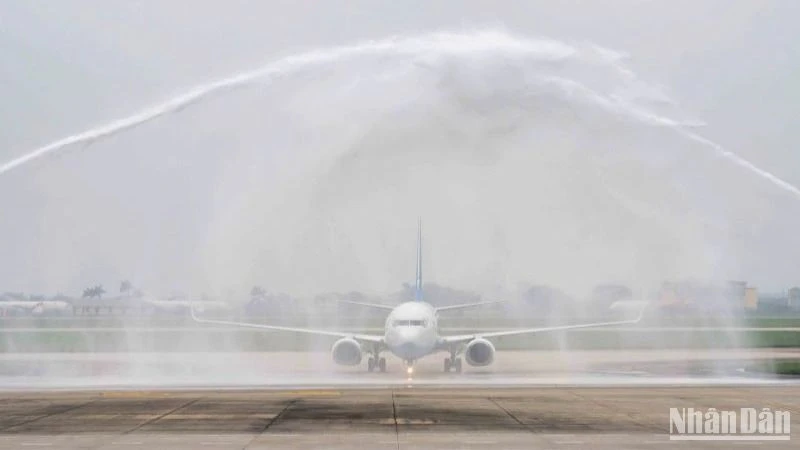







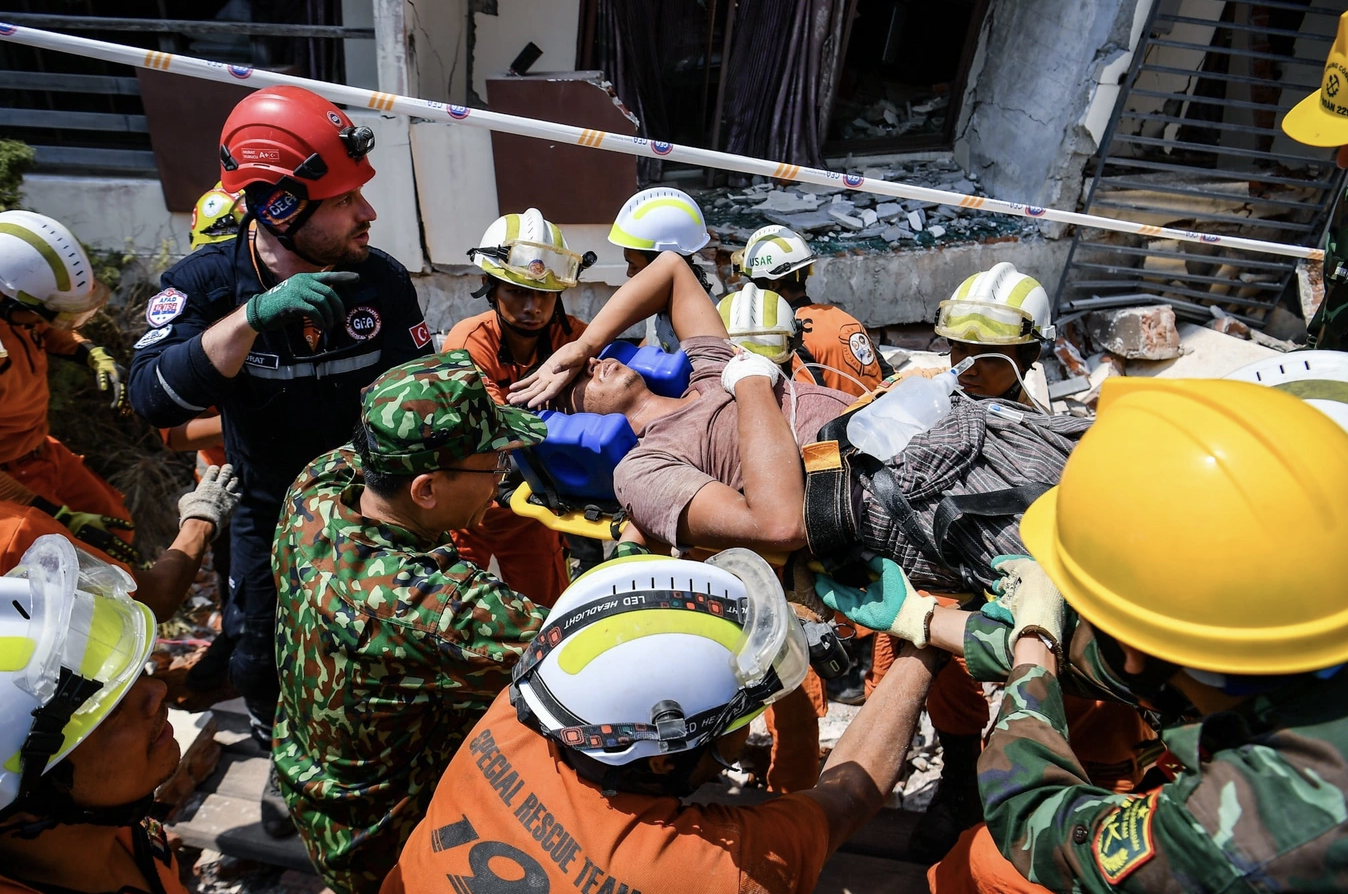



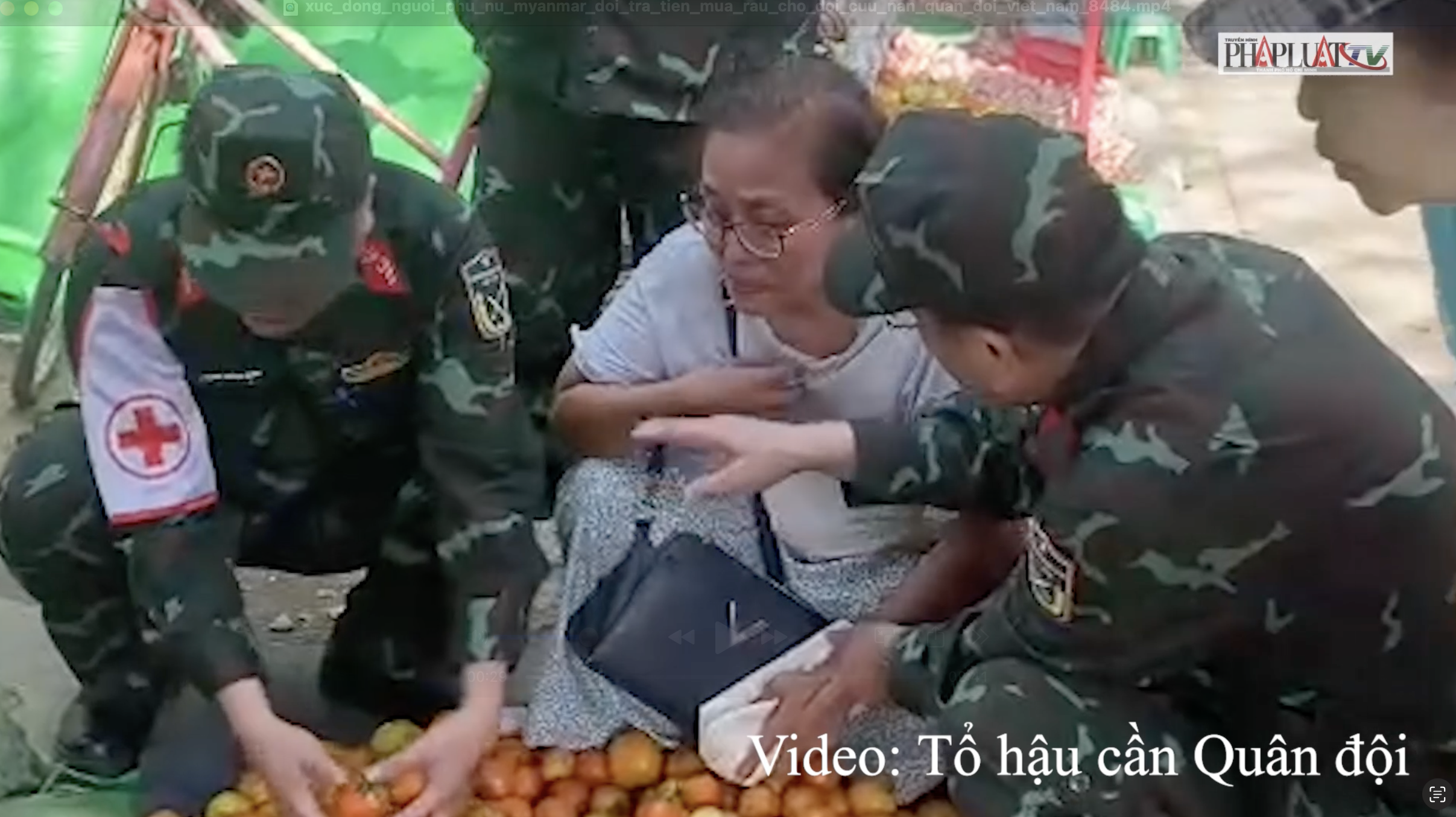
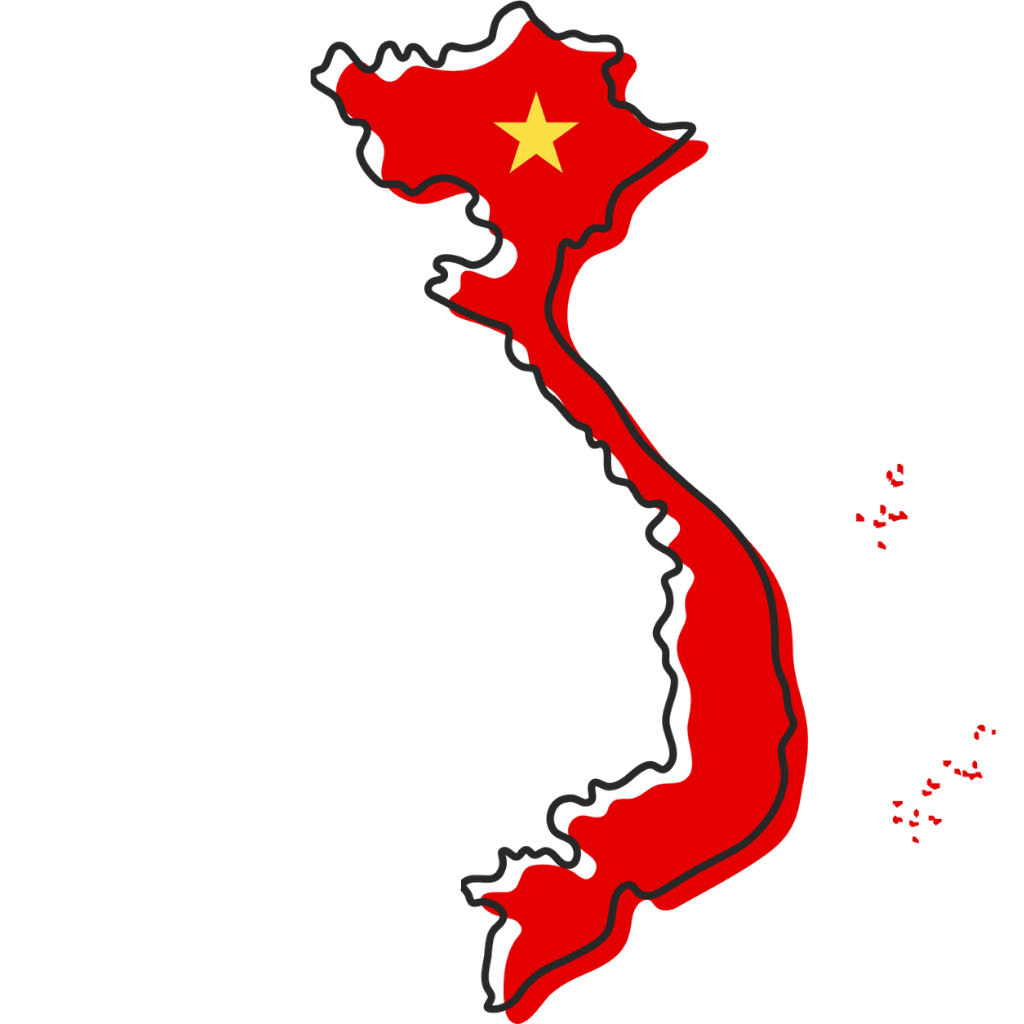
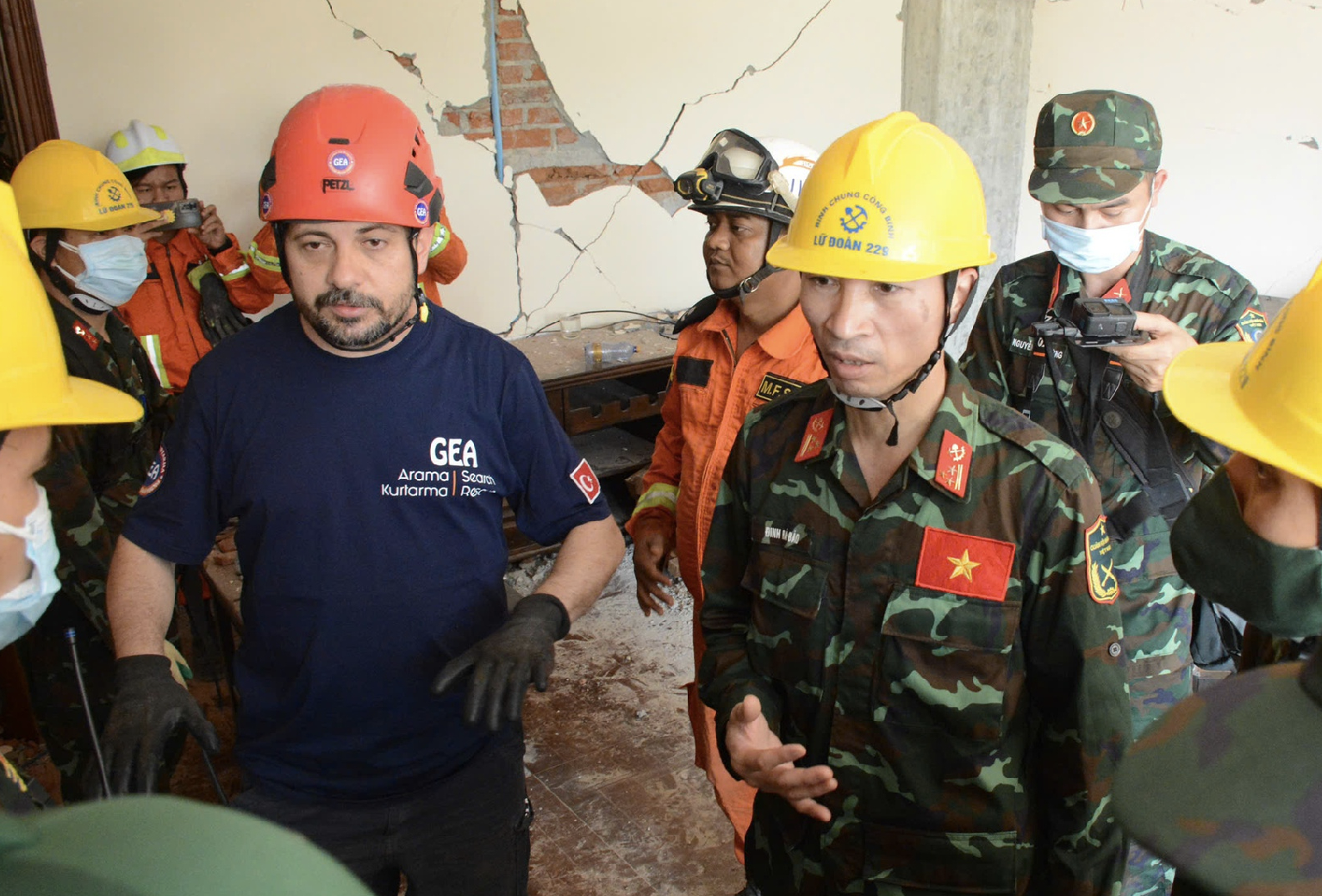


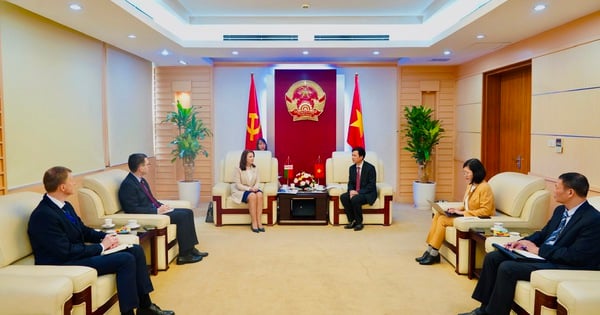
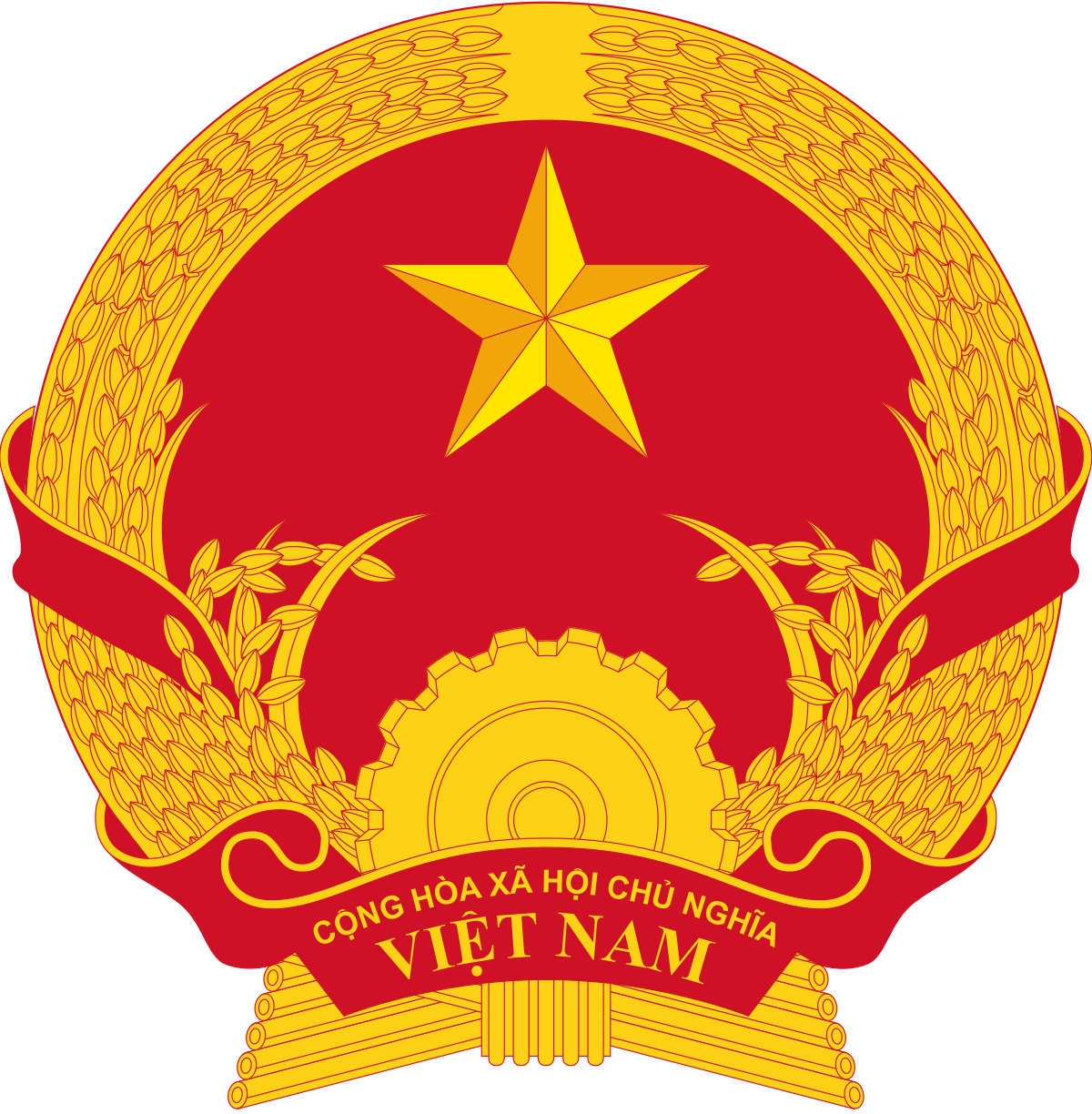
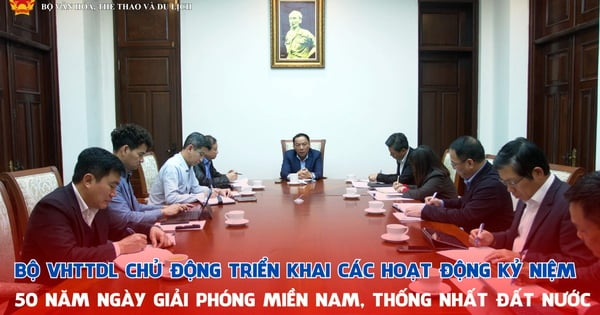


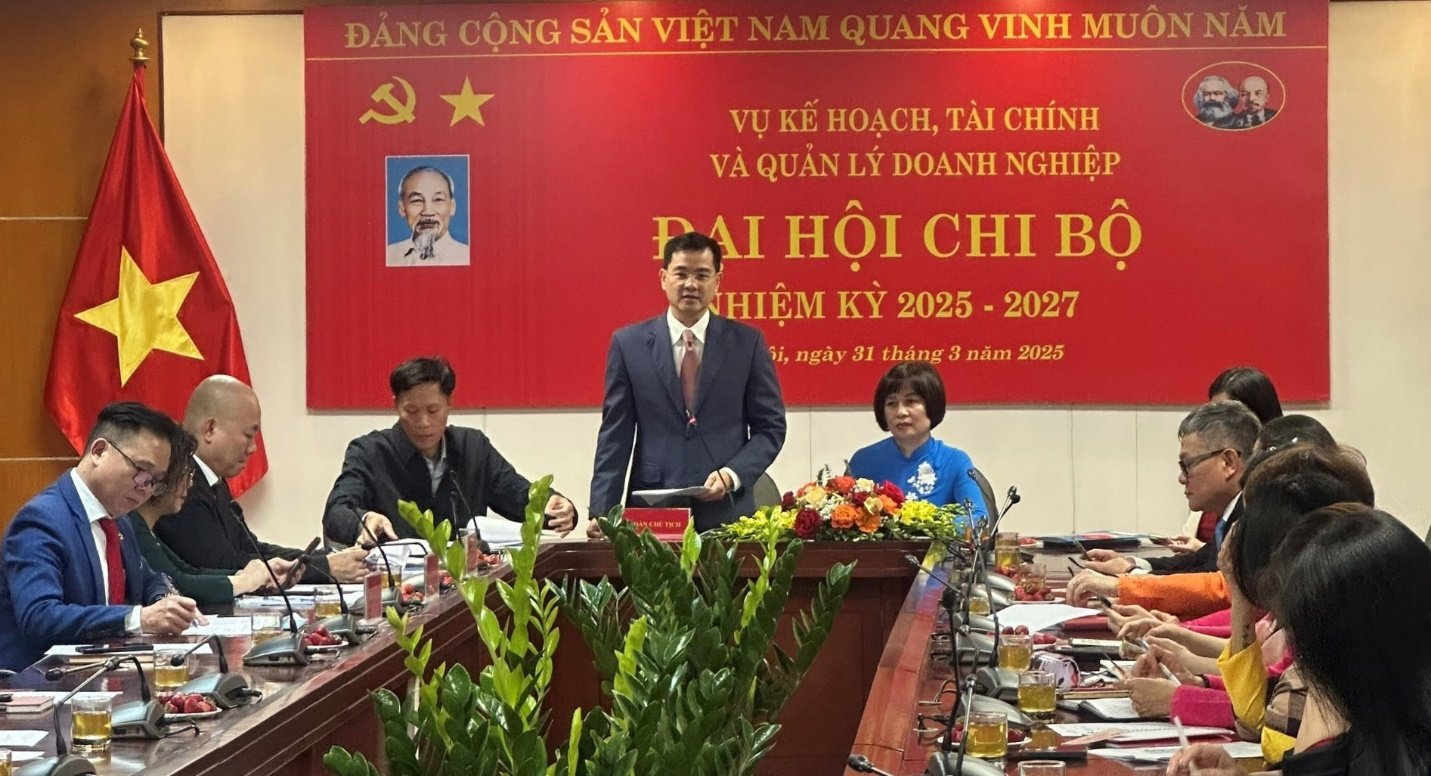

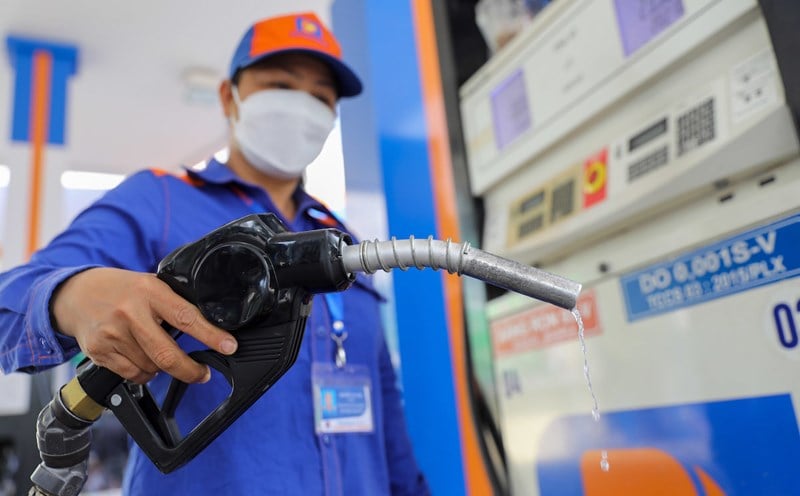
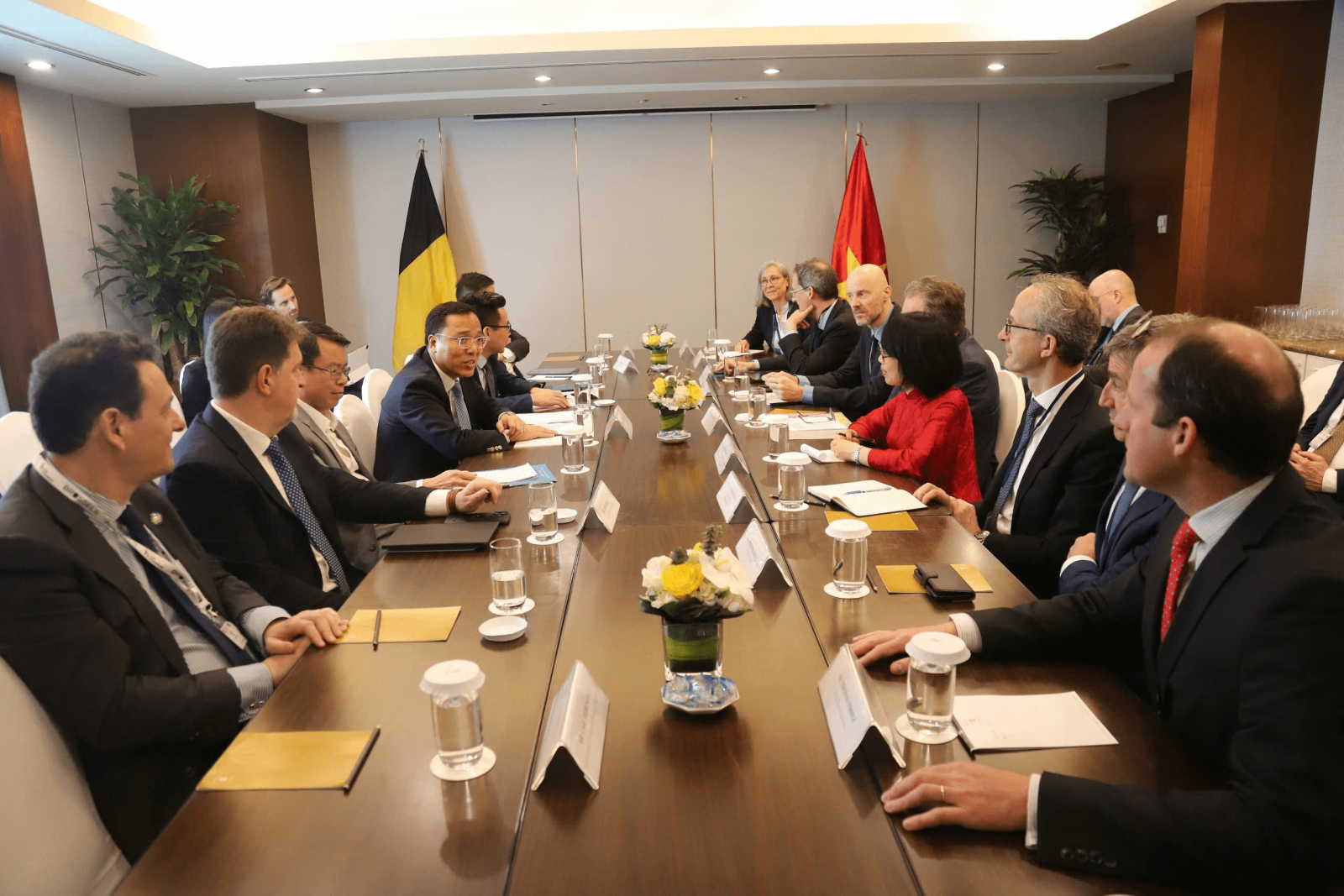
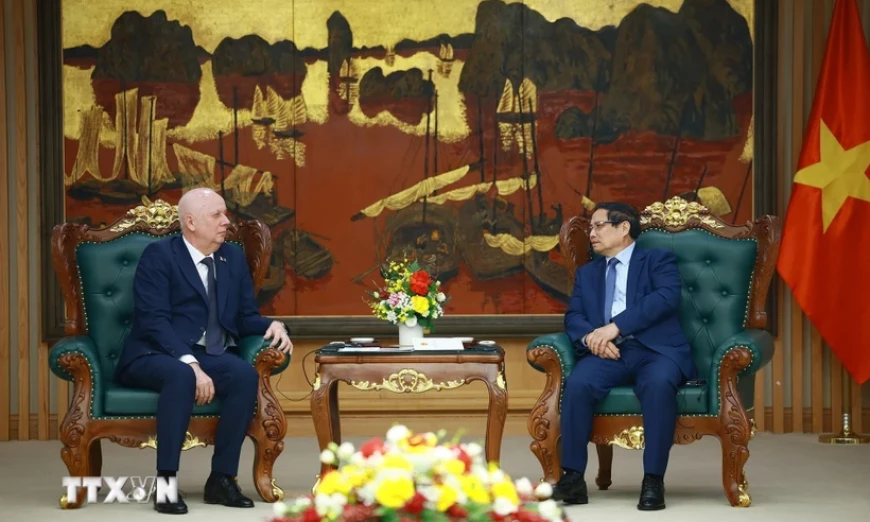

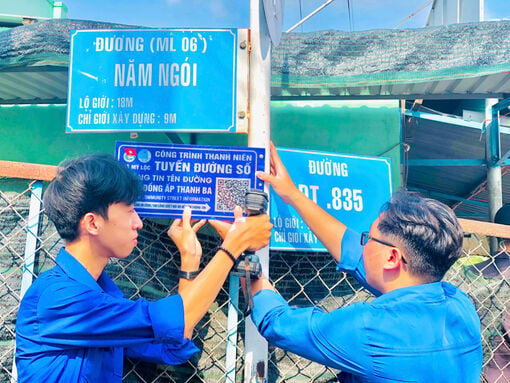
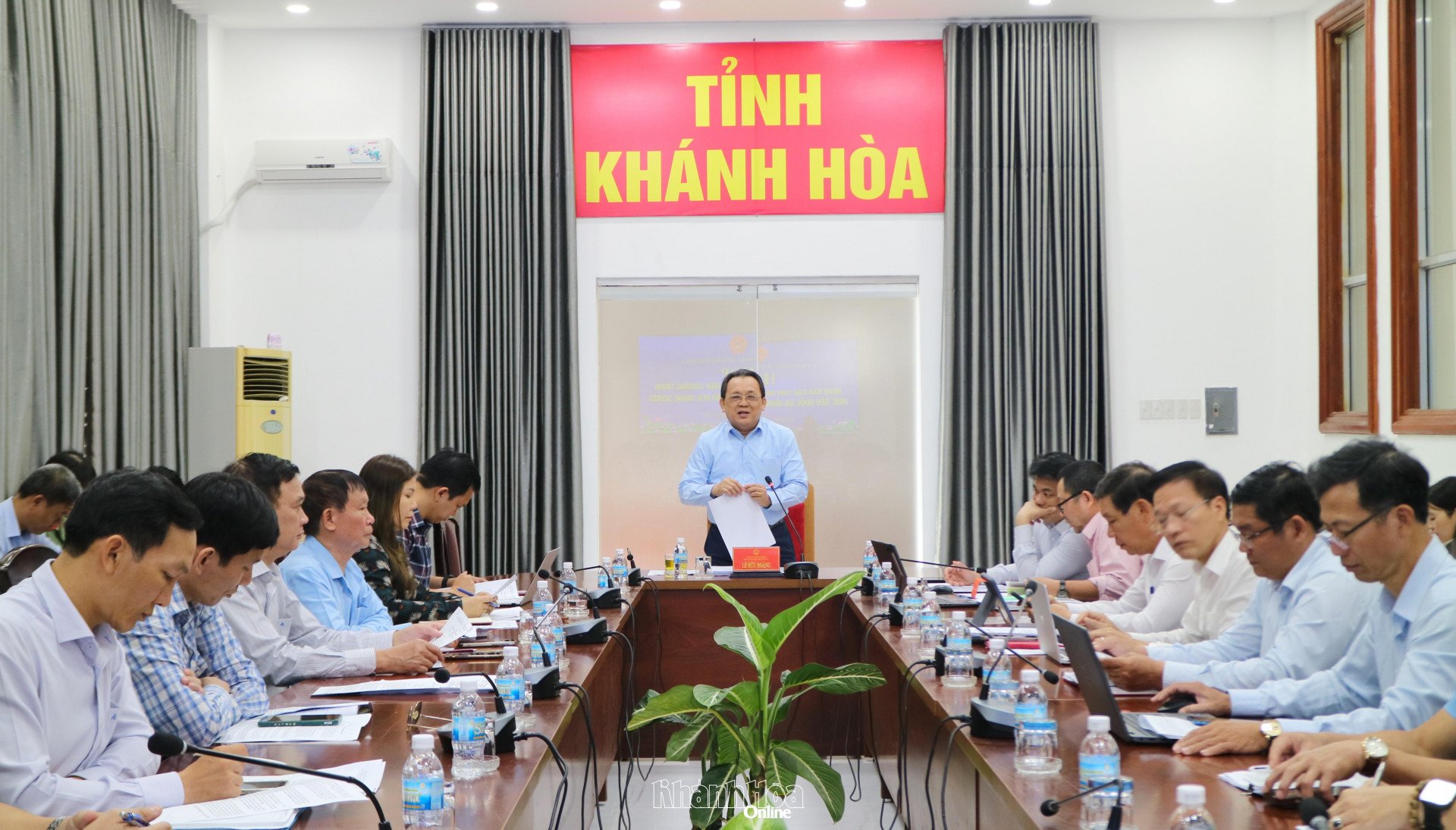
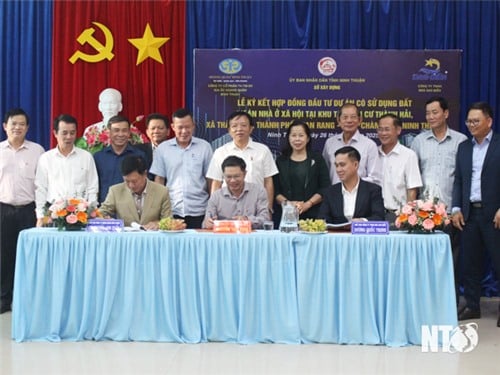
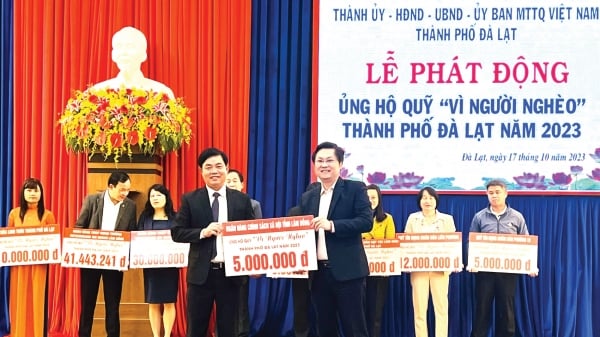
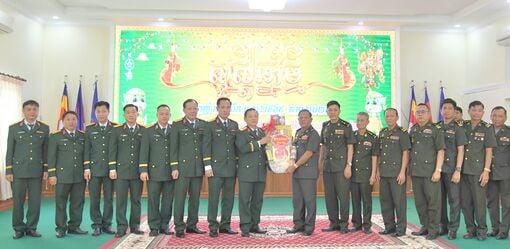


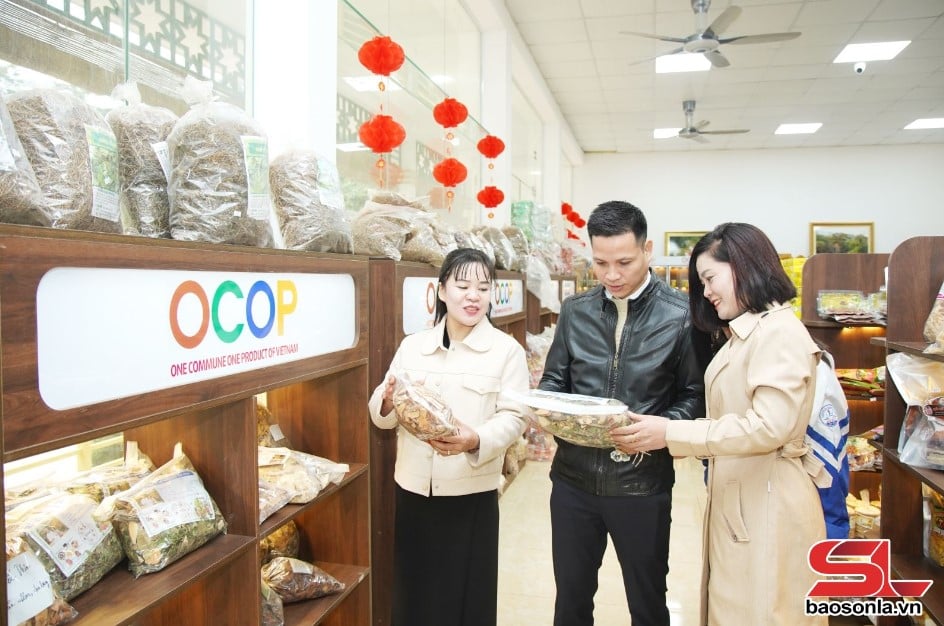
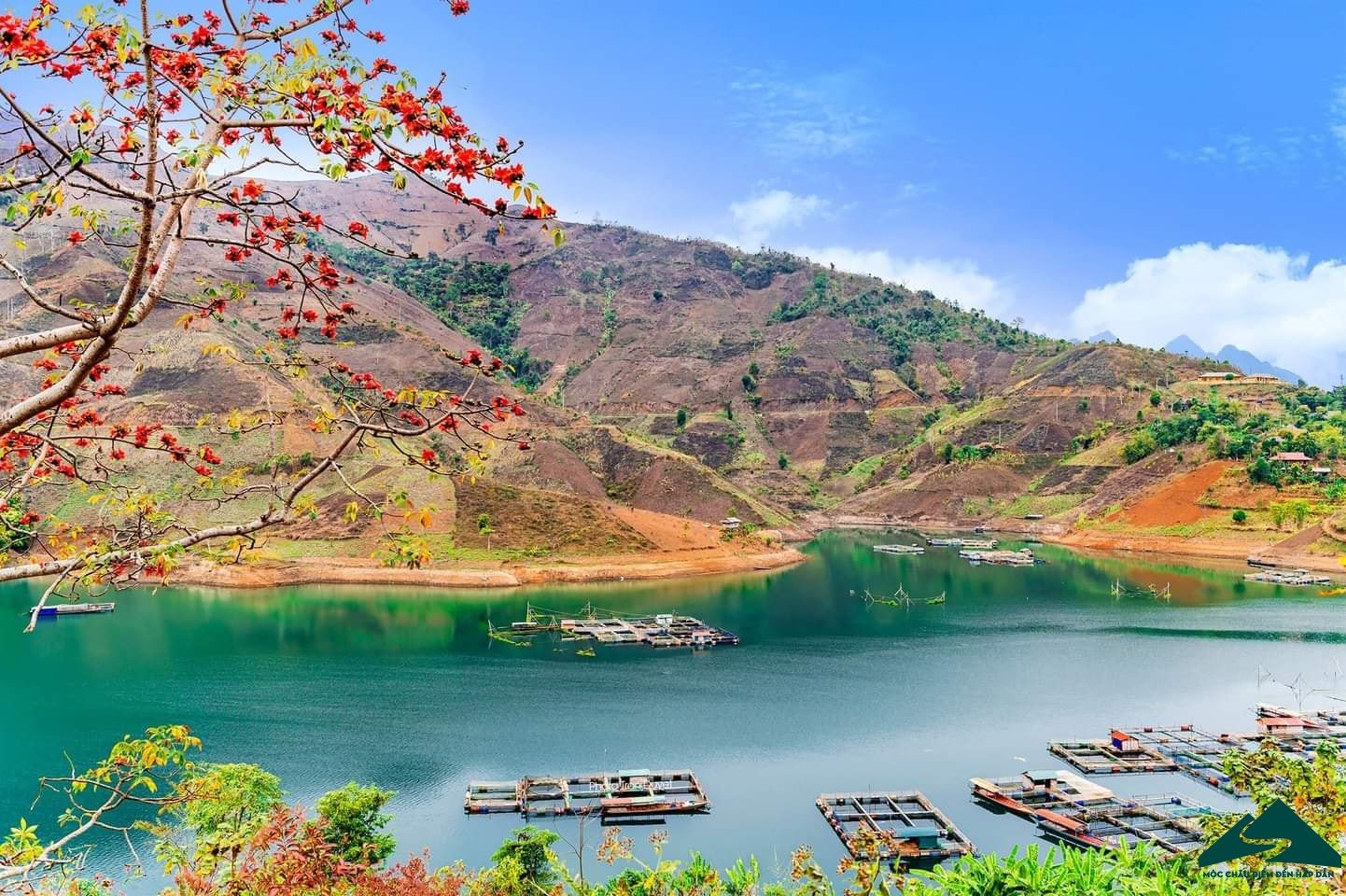
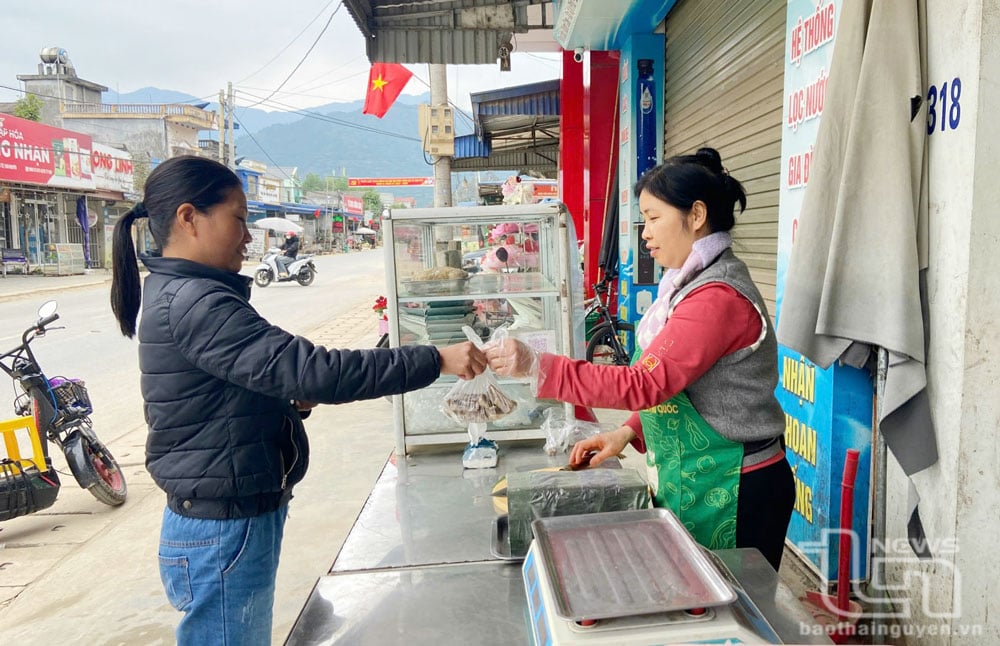





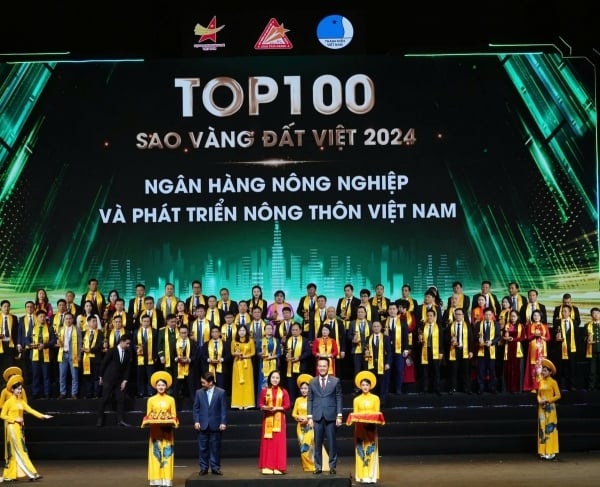

Comment (0)